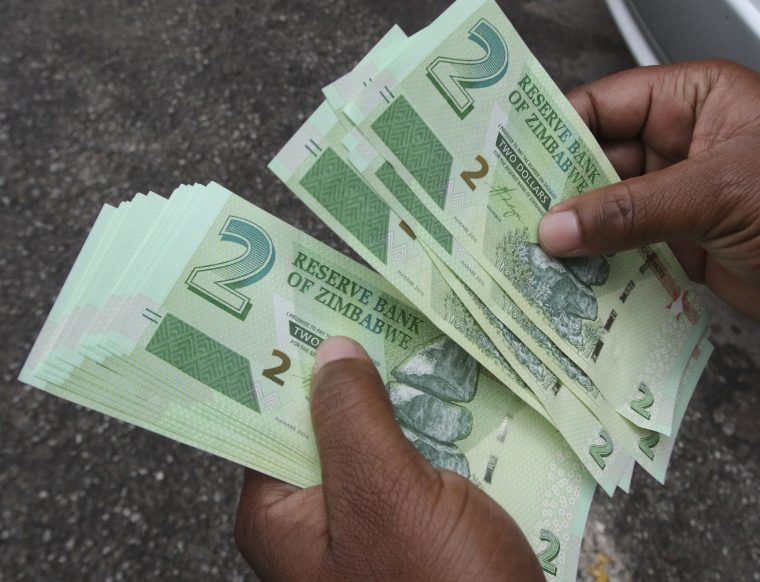 There is a lot of work to do on the economic front but what is important is to draft a very clear economic vision and strategy for the country, to create an economy that exhibits strong GDP growth over a period of 10 years which should be sustained and shared.
There is a lot of work to do on the economic front but what is important is to draft a very clear economic vision and strategy for the country, to create an economy that exhibits strong GDP growth over a period of 10 years which should be sustained and shared.
The real evidence in growth that is shared is in job creation and opportunities in business among other opportunities. In order to achieve that vision of growth which is shared and sustained and inclusive there are some steps the country would need to embark on.
The first one is to restore international credibility and image of the country in terms of its creditworthiness.
So what one would do is to deal with Zimbabwe’s external debt. There’s two parts to that, firstly there is the debt that is owed to multilateral institutions such as the African Development Bank, World Bank and that needs to be dealt with first before any credit or monies can flow from these institutions.
Then after that we move to the 2nd stage, the Paris Club debt which is about $4.5 billion at least, so the bilateral institutions need to be renegotiated and restructured. We need a mechanism like what Myanmar or Yugoslavia did. That will enable credit to begin to flow into our banking sector, to our companies, to our manufacturing sector. Once this is done and the country begins to build results through these inflows, you can then be able to reintroduce a Zimbabwean dollar or whatever we call it in future.
One needs to be careful about the timeline and how it is arrived at. And then we can restore the monetary policy because there is no monetary policy. We have banking supervision as one leg of the central bank but there is no monetary policy in terms of feeding into the system so that the economy grows.
What’s also urgent, as part of the package, is to deal with the fiscus in terms of government expenditure because a budget deficit of over 10% is never a good thing, it does not look good for investors. Driving it down to at least 5% of GDP should be the target, 3% is even better and then you also correct things on the current account side. Zimbabwe has always been a deficit current account country, it’ll remain there but it shouldn’t be too large. So you change the entire macro picture and restore credibility.
I was one of the people who were of the idea that Zimbabwe should adopt the Rand and join the Rand Monetary Union for a 7 to 10-year period. This is because South Africa accounts for 80 percent of Zimbabwe’s trade. So clearly you want a currency that is linked to your largest trading partner. But I don’t think I want to argue that now because things have moved on and we are at a new juncture.
What I would argue now is that we remove the bond notes currency because it is becoming a surrogate currency to the Zimbabwean dollar without the macro economic credibility to support it. The bond note currency is bad money and we know that in economics, bad money drives out good money.
Continued next page
(1923 VIEWS)


